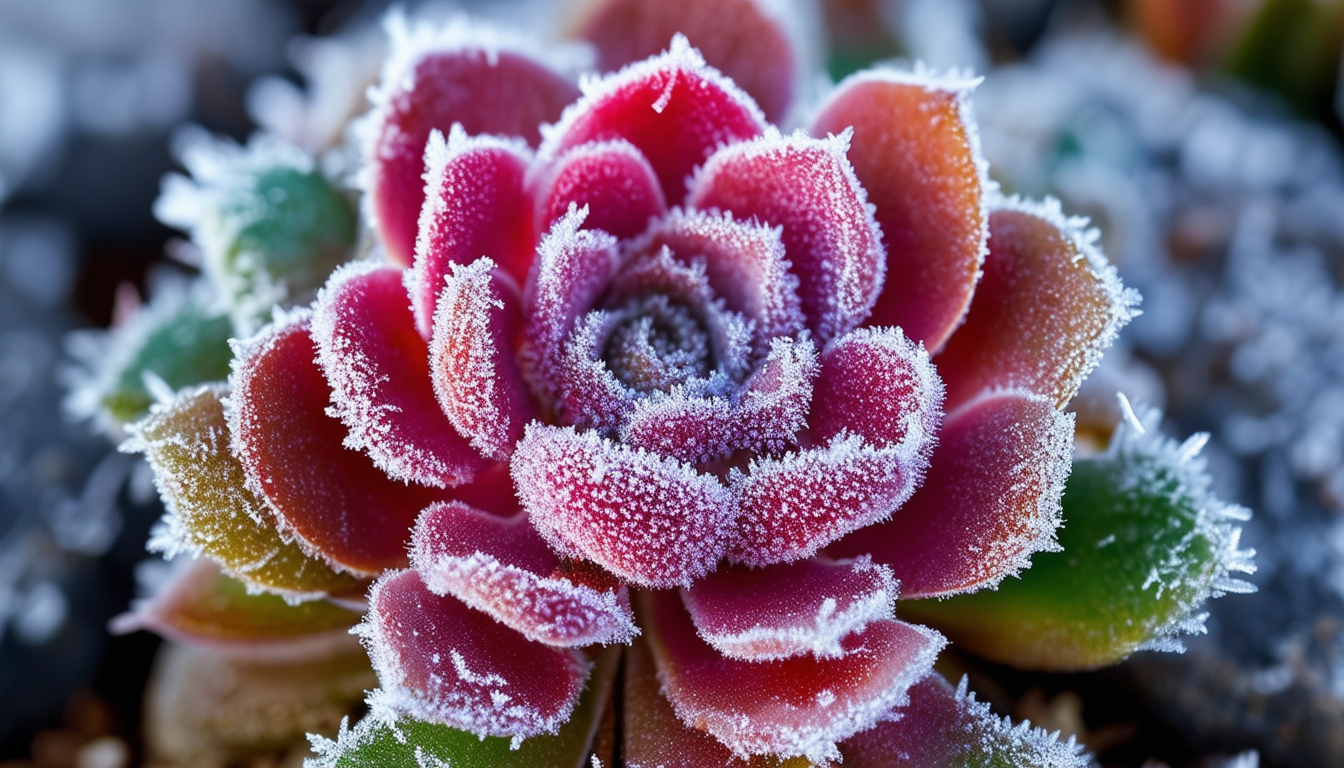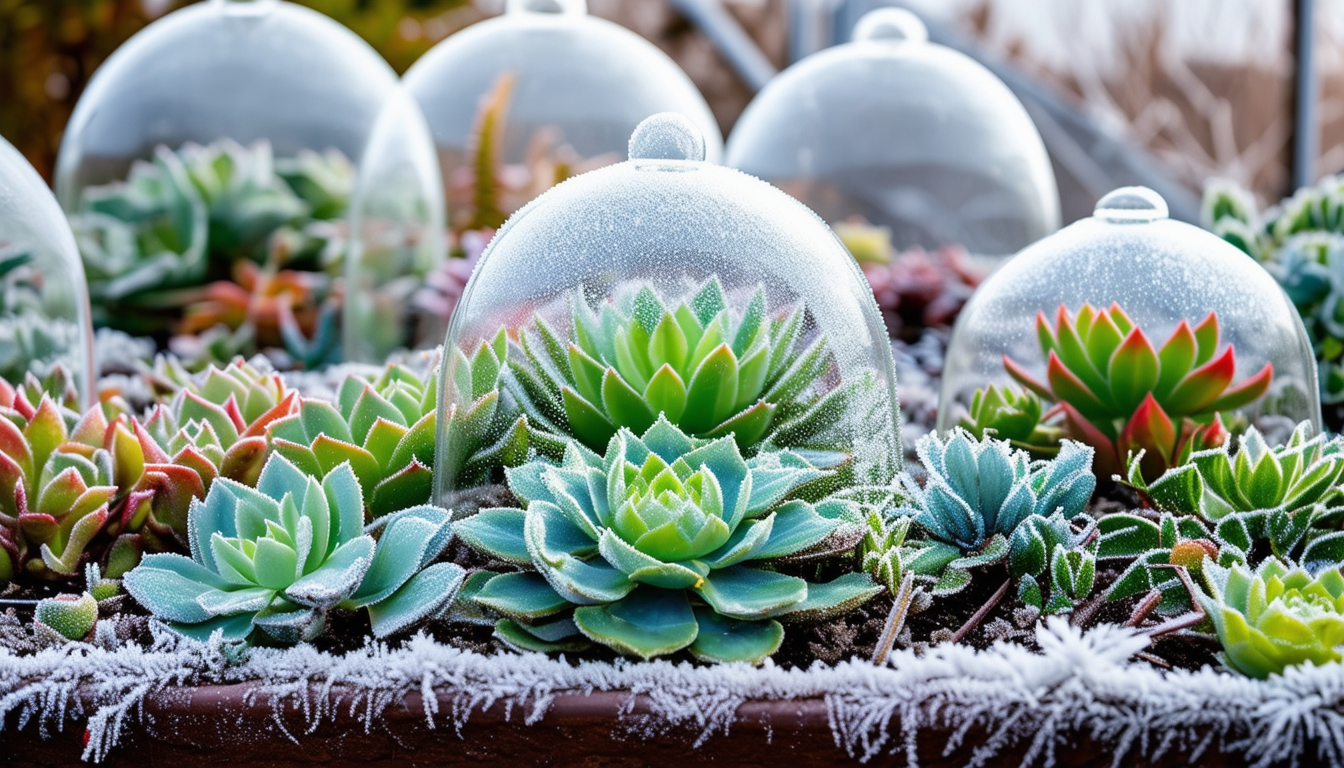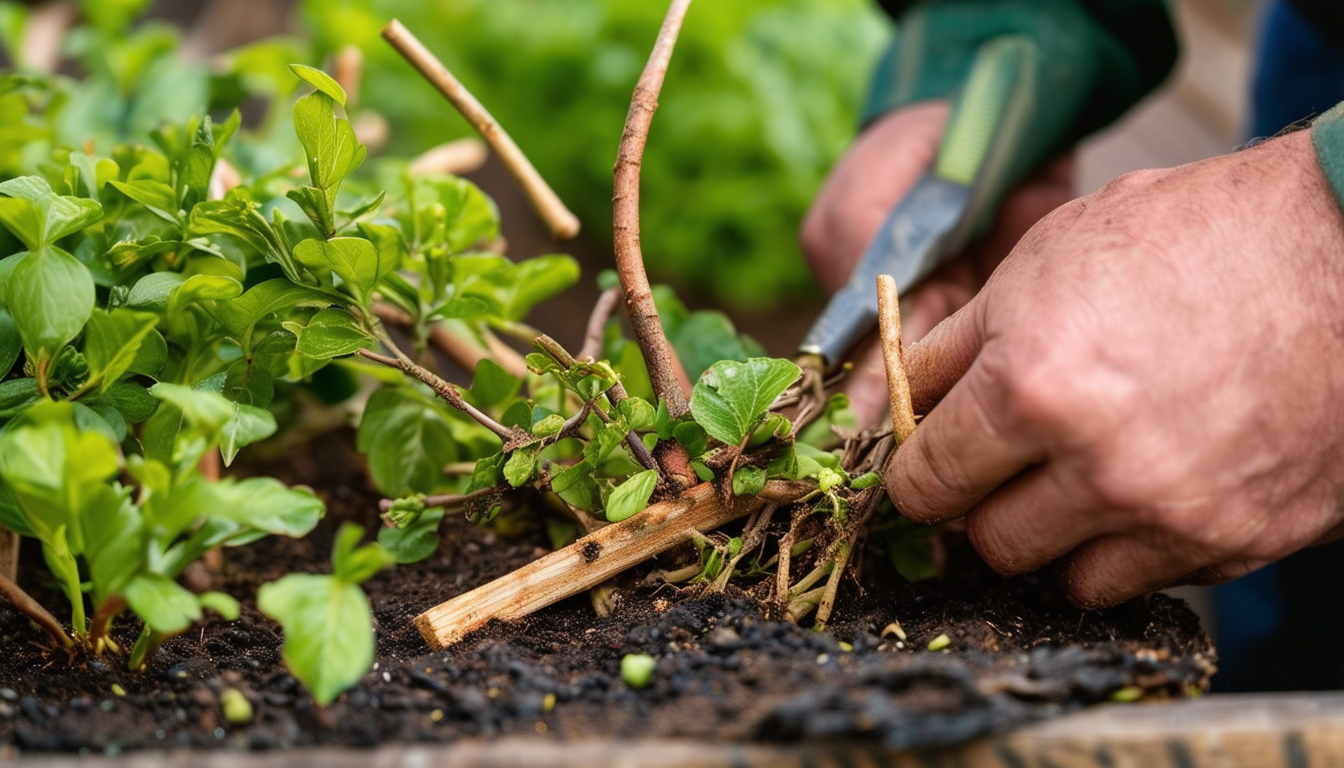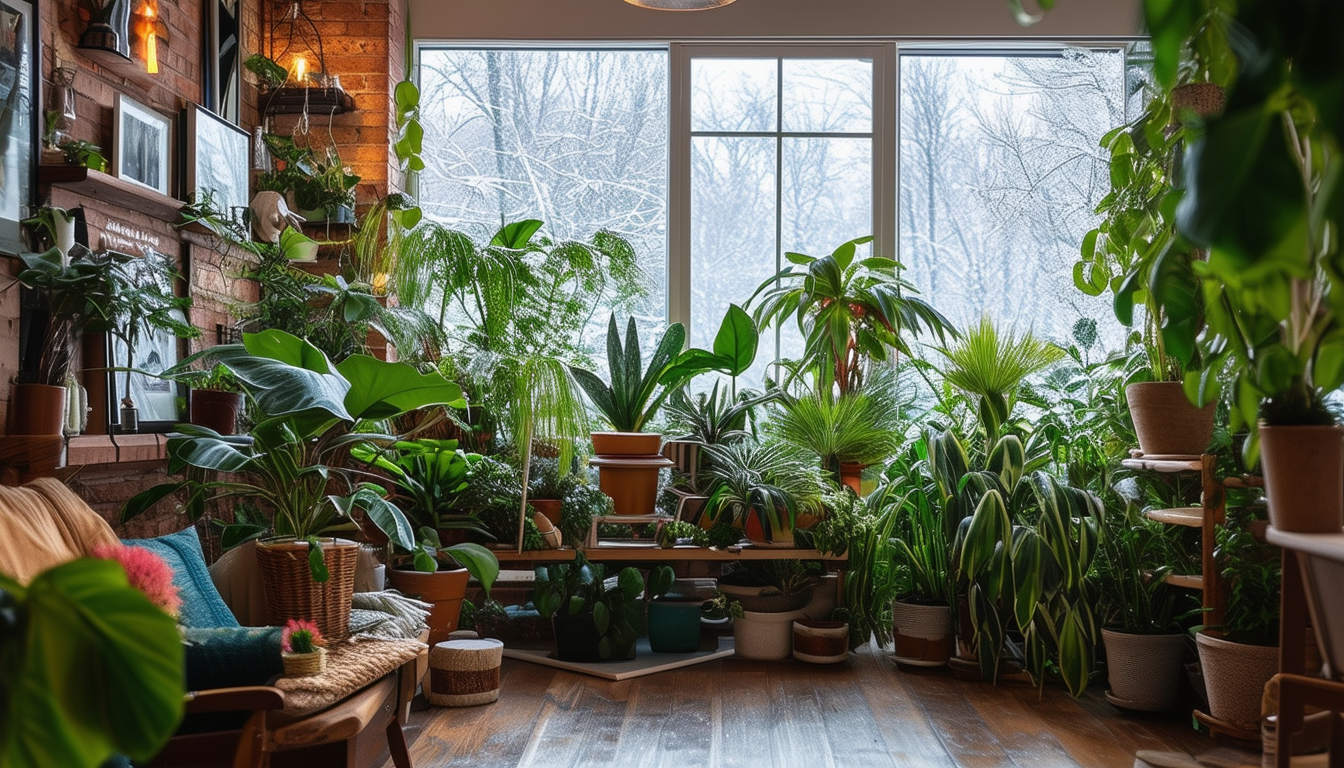
Discover the hardy succulents that can withstand the harshest winter chills and still thrive.
Understanding Succulent Hardiness: What Makes Them Cold-Resistant?
Succulents are known for their ability to store water in their leaves, stems, and roots, which typically makes them well-suited for arid environments. However, not all succulents can handle the cold. The hardiness of a succulent is determined by its ability to withstand lower temperatures without suffering damage.
Cold-resistant succulents have adaptations such as thicker leaves, a protective waxy coating, or even the ability to produce natural antifreeze compounds. These adaptations allow them to survive and even thrive in colder climates where other succulents might perish.
Top Cold-Hardy Succulents for Your Garden
If you're looking to add some succulents to your garden that can handle the cold, consider these top cold-hardy options:
1. **Sedum (Stonecrop)** - Known for its colorful foliage and flowers, Sedum can withstand temperatures as low as -20°F.
2. **Sempervivum (Hens and Chicks)** - This succulent is extremely resilient and can tolerate temperatures down to -30°F.
3. **Agave** - Some varieties of Agave, such as Agave parryi, can handle temperatures down to 0°F.
4. **Opuntia (Prickly Pear Cactus)** - This cactus can survive in temperatures as low as -35°F, making it one of the hardiest succulents.
Essential Care Tips for Succulents in Cold Climates
To ensure your succulents thrive in colder climates, follow these essential care tips:
1. **Proper Drainage** - Ensure your succulents are planted in well-draining soil to prevent root rot, which is more common in cold, wet conditions.
2. **Sunlight** - Place your succulents in a location where they can receive at least six hours of sunlight each day. Sunlight helps maintain their growth and resilience.
3. **Watering Schedule** - Water your succulents sparingly during the winter months. Overwatering can lead to frozen roots and plant damage.
Common Mistakes to Avoid When Growing Succulents in Winter
Avoid these common mistakes to keep your succulents healthy during the winter:
1. **Overwatering** - Succulents need less water in the winter. Overwatering can cause root rot and make them more susceptible to freezing.
2. **Inadequate Protection** - Leaving succulents exposed to extreme cold without any protection can lead to frost damage.
3. **Ignoring Soil Quality** - Using regular garden soil can hinder drainage and increase the risk of root rot. Always use a well-draining soil mix for succulents.
How to Prepare Your Succulents for the Cold Season
Preparing your succulents for the cold season involves a few simple steps:
1. **Move Indoors** - If possible, bring your succulents indoors before the first frost. Place them near a sunny window to ensure they get enough light.
2. **Mulching** - Add a layer of mulch around outdoor succulents to insulate the soil and protect the roots from freezing temperatures.
3. **Covering** - Use frost cloths or old blankets to cover outdoor succulents during extremely cold nights. This added layer of protection can help prevent frost damage.
How to protect your succulents from frost?
Frost can be detrimental to succulents, but there are several ways to protect them:
1. **Use Frost Cloths** - Drape frost cloths over your succulents during cold nights to provide a protective barrier against frost.
2. **Move to Sheltered Areas** - Relocate potted succulents to sheltered areas such as a porch, garage, or greenhouse where they are less exposed to frost.
3. **Water Wisely** - Water your succulents in the morning so the soil has time to dry before temperatures drop at night. Wet soil can freeze and damage the roots.



